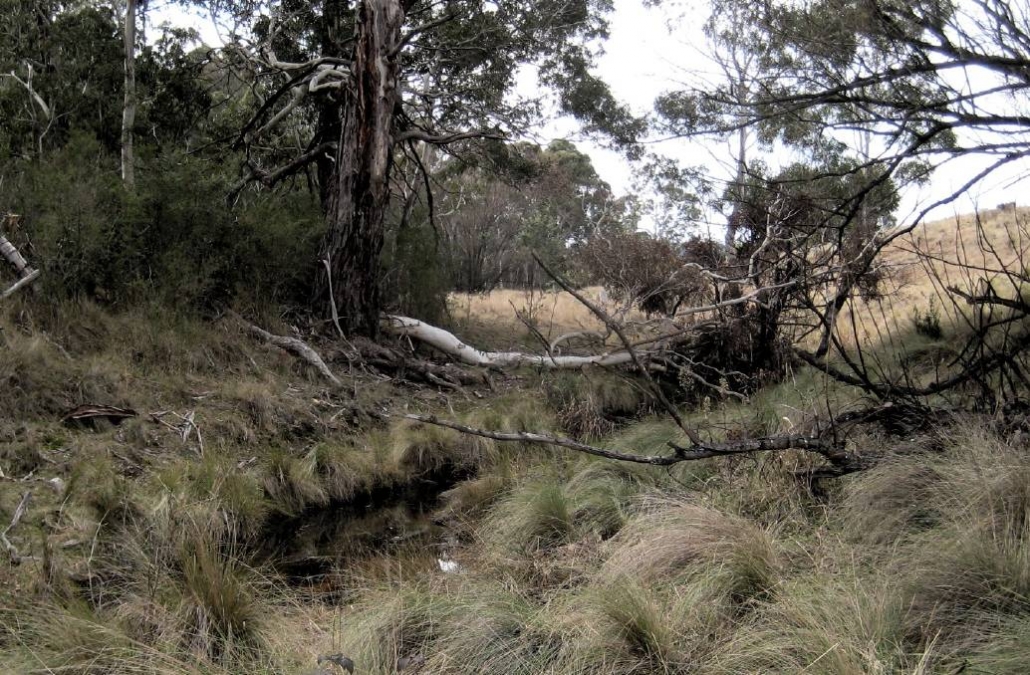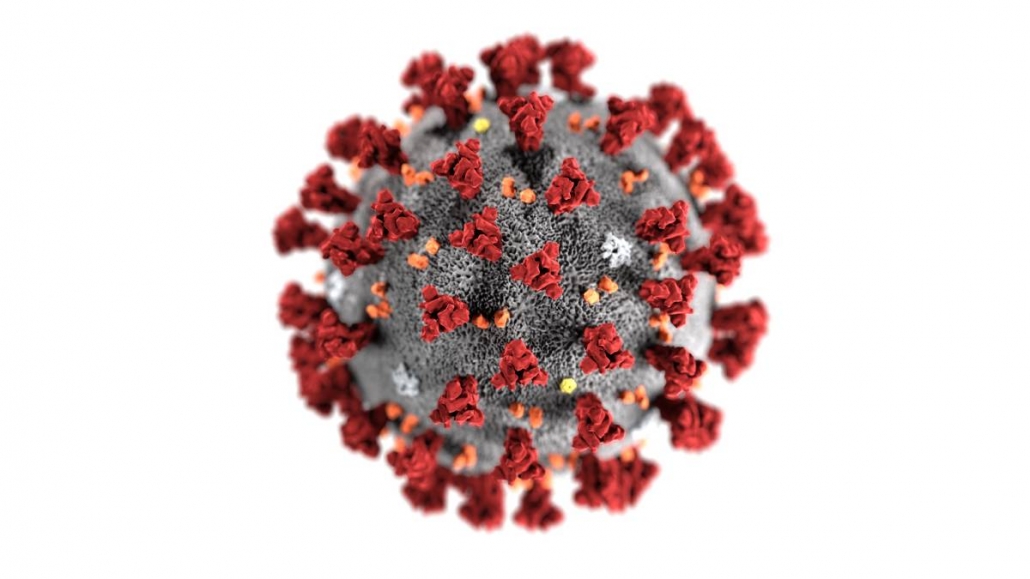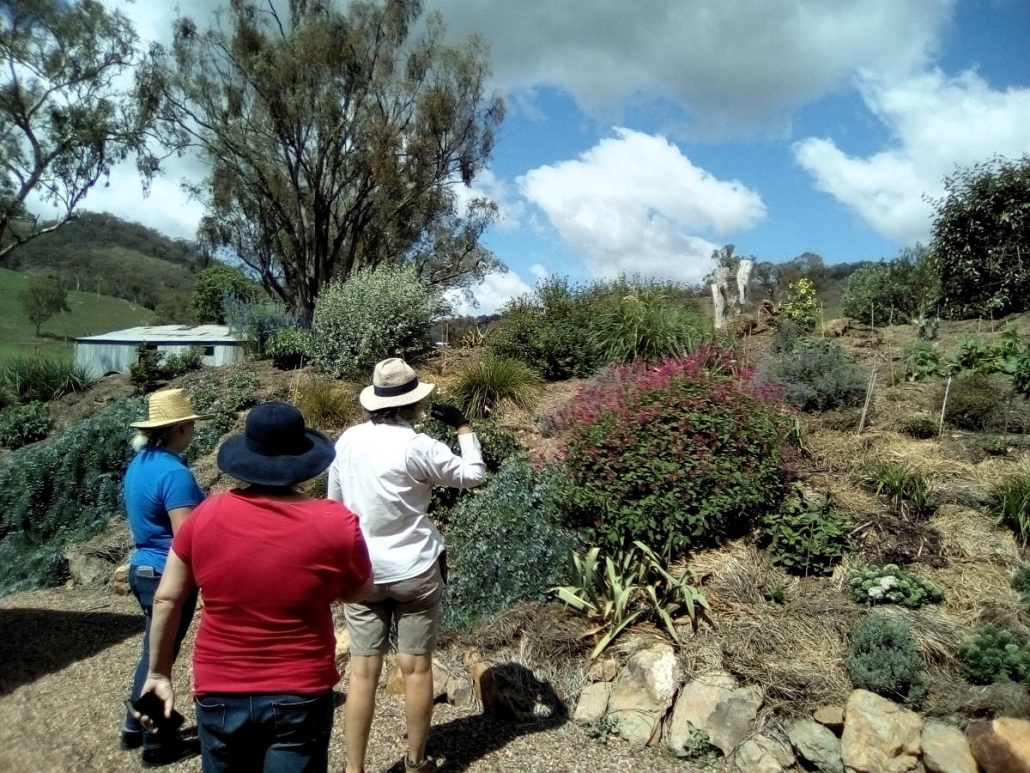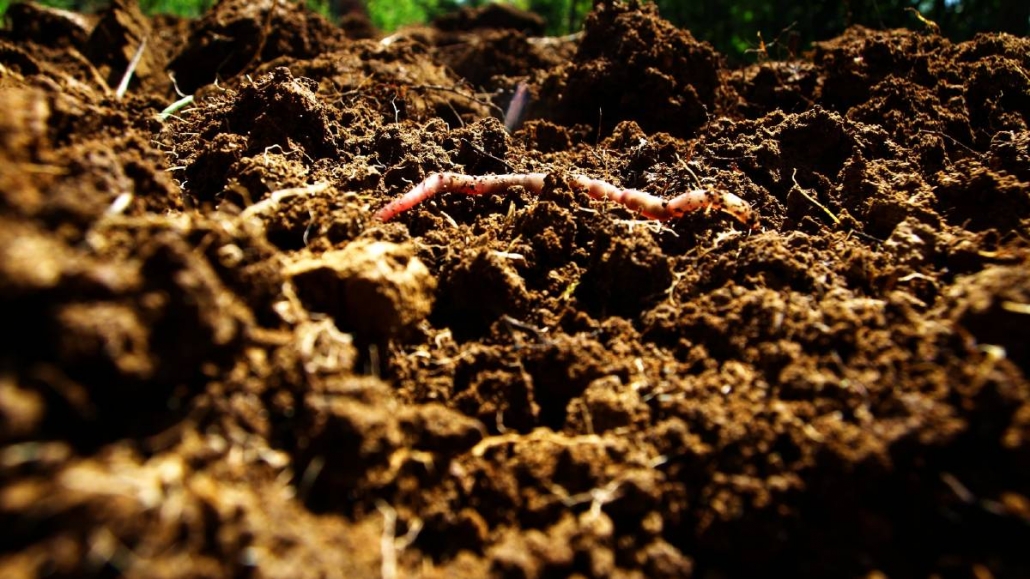Do you have a creek or river on your land?
Do you have a creek or river on your land? Did you know that you may require approval before carrying out certain activities within a riparian corridor?
In NSW works or activities carried out on waterways or adjoining riparian land are governed under the Water Management Act 2000 and associated Regulations.

This covers the bed and banks of a waterway and, depending on stream type, up to 40 meters of land adjoining the highest bank of the waterway.
Some works are permissible activities and can be carried out without approval.
Landholders can construct fencing to exclude livestock from riparian zones, conduct weed control activities and take water for domestic and stock use (this does not include dams and bores, which may require separate approval for construction).
However, any work that impacts on vegetation, soil or water is defined as a controlled activity under the Act and requires approval prior to commencing construction or implementation.
This includes crossings such as bridges and causeways, removal of vegetation, removal of soil or gravel from the bed or banks or any works that alter the flow or water quality.
Activities designed to improve or enhance the hydrological or ecological function of waterways, such as erosion control or the mechanical removal of weeds, may also require approval.

Rural landholders should contact WaterNSW regarding approval requirements.
Conducting controlled activities without appropriate approvals can result in penalties and landholders may be required to undertake costly rehabilitation works.
If you want to do some work on a creek or waterway on your land but are unsure of the requirements, more information and a number of fact sheets are available on the NSW Department of Planning, Industry and Environment website: https://www.industry.nsw.gov.au/water/licensing-trade/approvals/controlled-activities.
You can also seek advice on any work you wish to undertake from WaterNSW or your nearest Local Lands Services office.



